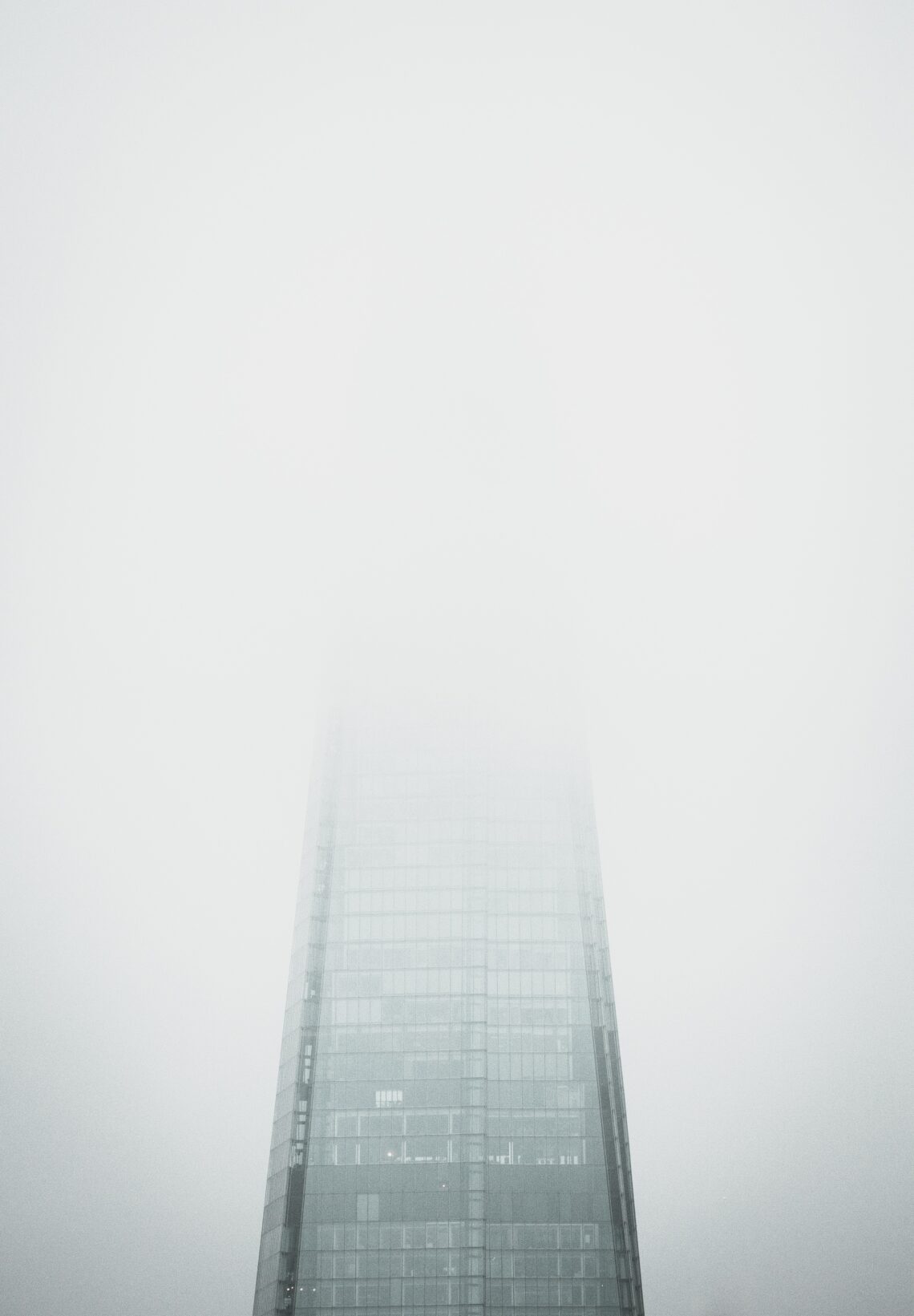For my sixth free inquiry entry I am going to be focusing on transition shots and how they are done. I will be covering four different types of transitions including, Fade, Wipe, J & L Cuts, and Invisible Cuts. For each section I will be doing a breakdown of the transition, providing some examples from films and creating a resource list of articles and videos.
Fade:
A fade it probably the oldest and most common type of scene transition used in modern and classic film. It is an extremely common way that movies are opened and ended and are often used in establishing shots. Everyone reading this post has without a doubt seen a fade scene transition. A fade transition is simply when the shot slowly comes in or out of darkness. There are also a couple types of fading transitions and include the classic Whole Screen Fade and the Iris Fade. The Whole Screen Fade is a more modern type of fade but is by no means new and has been used since at least after the silent film era. The Iris Fade however is a much older version of the fade transition, as it simulates the same effect and the Whole Screen Fade but was done by simply opening and closing the lens.
As for the whole screen fade, an example which most readers have probably seen is the Looney Tunes intro, which always includes a fade in to introduce the Warner Bros. Logo.
The iris fade was also an extremely popular scene transition but it is a somewhat dated style and in modern movies will stand out more due to its rarity. This is also why most of the examples one will find are pre-1990s. This includes the example given from A Christmas Story, which came out in 1983.
- Whole Screen Fade Film Example: Looney Tunes Introduction.
- Iris Fade Film Examples: A Christmas Story
- Resources
Video: The Final Shot: Fade to White – YouTube
Article: The 9 Essential Video Transition Effects (with Examples) | Boords
Wipe:
A wipe transition, like a fade, is an incredibly common type of scene transition will be seen in a ton of films. It is an newer technique than the fade as it required physical editing in an editing bay but has become more common as editing technology has become more available. A wipe is simply when one shot replaces another shot and comes into the frame from any point. This means it can come from the top, sides, bottom, or any of the corners. There is also usually a specific shape that the shot replaces another shot. The most common shapes being circles, triangles, or some sort of trapezoid. There are also several different types of wipe transitions including: Iris (Growing or shrinking circle), Matrix (Patterned transition between two shots), Clock (Sweeps in the motion of a clock), and Invisible (Unnoticeable).
- Miscellaneous Wipe Film Example: Sherlock
- Clock Wipe Film Example: Star Wars [1997] by George Lucas.
- Resources:
Article: What is a Wipe Transition in Film — Editing Transitions Explained (studiobinder.com)
Article: Basic Film Techniques: Wipe – The Motley View (wordpress.com)
Video:
J Cut & L Cut:
The J-Cut and L-Cut are both scene transitions which include a combination of audio and video and that is why they are being covered under the same category. These two types of scene transitions are actually opposites where the J-Cut is when the sound of the shot plays before the visual and the L-Cut is when the visual is shown before the audio of the scene is heard.
The J-Cut is usually used for several distinct reasons in film. These reasons include, dialogue, generating intrigue, setting up a scene, flashbacks and the establishing shot of a film. This can also be a very discrete type of transition as can be seen in the example from Good Will Hunting. This is because a J-Cut could simply be when a character continues to talk when the shot moves to get another characters reaction. It can also be less discrete as can be seen in the example provided from The Social Network where the audio is directly laid over a scene which is unrelated to a conversation.
The L-Cut, like the J-Cut also has several primary uses in film. These uses include, closing shots, thoughts of characters, voice overs, dialogue, and flashbacks.
- J-Cut Dialogue Example: Good Will Hunting
- J-Cut Establishing Shot Example: The Social Network
- L-Cut Internal Thoughts Example: Shawn of the Dead
- L-Cut Closing Shot Example: No Country for Old Men
- Resources:
Article: What is a J-Cut in Film — Editing Techniques Explained (studiobinder.com)
Article: L-Cuts: How to Improve Video Storytelling with Split Edit Transitions (tubularinsights.com)
Video: SFX Secrets: The J Cut & The L Cut – YouTube
Invisible Cut:
The Invisible Cut is a more modern scene transition editing style but it has still been present in films for the last 70 years. One of the first uses of the hidden or invisible cut is Hitchcock’s Rope and one of the most famous modern examples of the invisible cut is Sam Mendes’s 1917. The use of the invisible cut is mostly used for three main reasons. These include, to allow scenes to happen in real time, to increase the suspense felt by the audience, and to introduce scenery. Both of the examples which are provided are using the invisible cut to allow the film to play out in real time and to increase the suspense of the audience.
- Invisible Cut Examples: Rope
- Invisible Cut Examples: 1917
- Resources:
Article: Invisible Cuts: a new Trend in Video Editing | by Jean Patry | Applaudience | Medium





